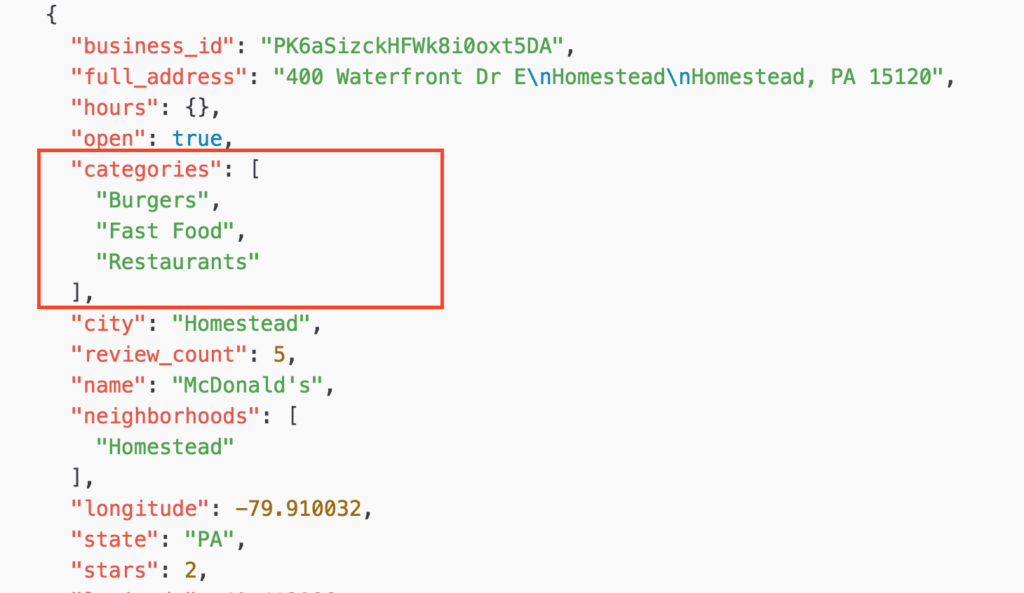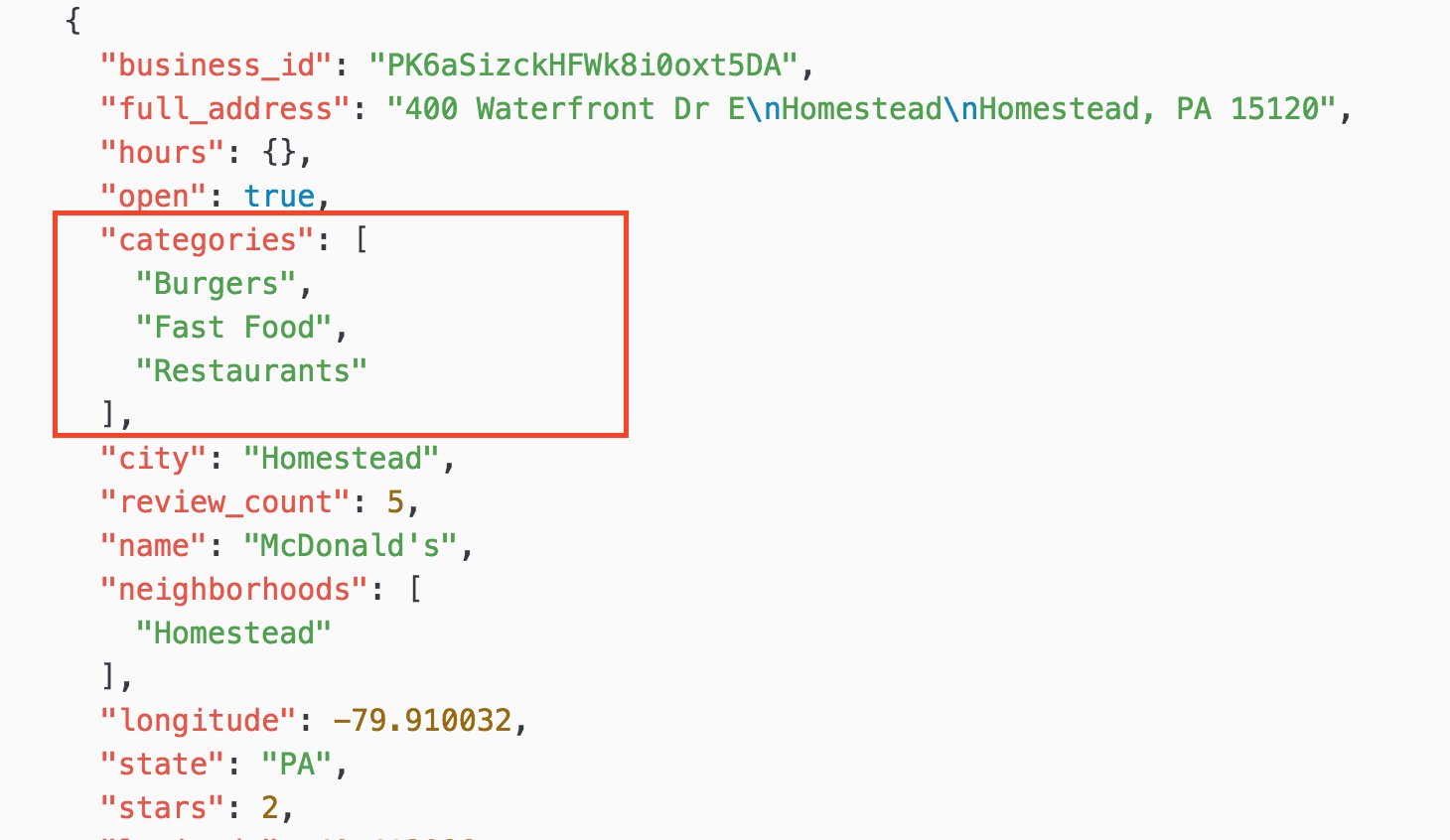
Seamlessly Download JSON Files: A Comprehensive Guide
In today’s data-driven world, JSON (JavaScript Object Notation) has become the de facto standard for data interchange. Its lightweight, human-readable format makes it ideal for APIs, configuration files, and data storage. The ability to download JSON files efficiently is a crucial skill for developers, data scientists, and anyone working with web technologies. This guide provides a comprehensive overview of how to download JSON files using various methods and tools, ensuring you can access and utilize data effectively.
Understanding JSON
Before diving into the specifics of downloading, let’s briefly recap what JSON is. JSON is a text-based data format that uses key-value pairs and arrays to represent structured data. It’s easy to parse by machines and relatively easy for humans to read, making it a popular choice for transmitting data over the internet.
Key Characteristics of JSON
- Human-readable: JSON’s syntax is straightforward and easy to understand.
- Lightweight: Compared to other data formats like XML, JSON is less verbose, resulting in smaller file sizes and faster transmission.
- Language-independent: JSON can be used with any programming language.
- Hierarchical: JSON supports nested structures, allowing for complex data representation.
Methods for Downloading JSON Files
There are several ways to download JSON files, depending on your needs and the context in which you’re working. Here are some of the most common methods:
Using a Web Browser
The simplest way to download JSON files is directly through your web browser. If a web server is configured to serve JSON files with the correct Content-Type header (application/json), clicking on a link to the file will typically prompt your browser to download it. If the server sends different headers, or none at all, browsers will typically display the text in the browser window.
Steps:
- Navigate to the URL of the JSON file.
- If the server is correctly configured, your browser should automatically prompt you to download the file.
- If the browser displays the JSON content instead, you can right-click on the page and select “Save As…” or a similar option to save the file as a
.jsonfile.
Using Command-Line Tools (curl and wget)
For more automated or scripting-based download scenarios, command-line tools like curl and wget are invaluable.
Using curl:
curl is a versatile command-line tool for transferring data with URLs. To download JSON files, use the following command:
curl -o filename.json URLReplace filename.json with the desired name for the downloaded JSON file and URL with the URL of the JSON file.
Example:
curl -o data.json https://example.com/api/dataUsing wget:
wget is another command-line tool designed for retrieving files from the web. The command to download JSON files with wget is:
wget URL -O filename.jsonAgain, replace filename.json with the desired name for the downloaded JSON file and URL with the URL of the JSON file.
Example:
wget https://example.com/api/data -O data.jsonUsing Programming Languages
Many programming languages provide libraries and functions for making HTTP requests and handling JSON data. Here are examples using Python and JavaScript.
Python:
Python’s requests library makes it easy to download JSON files. You can install it using pip:
pip install requestsHere’s a Python script to download JSON files:
import requests
url = 'https://example.com/api/data'
response = requests.get(url)
if response.status_code == 200:
data = response.json()
with open('data.json', 'w') as f:
json.dump(data, f, indent=4)
print('JSON file downloaded successfully!')
else:
print(f'Failed to download JSON file. Status code: {response.status_code}')
This script sends an HTTP GET request to the specified URL, checks if the request was successful (status code 200), parses the JSON response, and saves it to a file named data.json. The indent=4 argument formats the JSON output for readability.
JavaScript (Node.js):
In Node.js, you can use the node-fetch library to make HTTP requests. Install it using npm:
npm install node-fetchHere’s a Node.js script to download JSON files:
const fetch = require('node-fetch');
const fs = require('fs');
async function downloadJson(url, filename) {
try {
const response = await fetch(url);
const data = await response.json();
fs.writeFileSync(filename, JSON.stringify(data, null, 2));
console.log('JSON file downloaded successfully!');
} catch (error) {
console.error('Failed to download JSON file:', error);
}
}
const url = 'https://example.com/api/data';
const filename = 'data.json';
downloadJson(url, filename);
This script uses node-fetch to make an HTTP GET request, parses the JSON response, and saves it to a file named data.json. The JSON.stringify function formats the JSON output for readability.
Using APIs and Libraries
Many APIs provide endpoints that return JSON data. Libraries like requests in Python or node-fetch in JavaScript can be used to interact with these APIs and download JSON files programmatically. The key is to understand the API’s documentation and authentication requirements.
Best Practices for Downloading JSON Files
When downloading JSON files, consider the following best practices to ensure efficient and reliable data retrieval:
- Handle Errors: Always implement error handling to gracefully manage potential issues such as network errors, invalid JSON responses, or server errors.
- Use Asynchronous Operations: In asynchronous environments like Node.js, use asynchronous operations to avoid blocking the main thread and ensure responsiveness.
- Validate JSON: After downloading, validate the JSON data to ensure it conforms to the expected schema and data types.
- Rate Limiting: Be mindful of API rate limits and implement appropriate delays or backoff strategies to avoid being blocked.
- Secure Connections: Always use HTTPS to download JSON files over secure connections to protect sensitive data from eavesdropping.
Common Issues and Troubleshooting
Here are some common issues you might encounter when downloading JSON files and how to troubleshoot them:
- Network Errors: Check your internet connection and ensure the server is accessible.
- Invalid JSON: Use a JSON validator to check if the JSON data is well-formed.
- CORS Issues: If you’re downloading JSON files from a different domain, ensure the server has the correct CORS headers configured.
- Authentication Issues: If the API requires authentication, ensure you’re providing the correct credentials.
- File Size Limits: Be aware of file size limits and consider using streaming techniques for large JSON files.
Advanced Techniques
Streaming Large JSON Files
For extremely large JSON files, downloading the entire file into memory can be inefficient. Streaming techniques allow you to process the JSON data incrementally as it’s being downloaded.
Python Example:
import requests
import json
url = 'https://example.com/api/large_data'
response = requests.get(url, stream=True)
if response.status_code == 200:
for line in response.iter_lines():
if line:
decoded_line = line.decode('utf-8')
try:
json_data = json.loads(decoded_line)
# Process json_data here
print(json_data)
except json.JSONDecodeError as e:
print(f"Error decoding JSON: {e}")
else:
print(f'Failed to download JSON file. Status code: {response.status_code}')
Using Asynchronous Requests
In environments like Node.js, using asynchronous requests can improve performance by allowing you to perform other tasks while waiting for the JSON file to download.
Node.js Example:
const fetch = require('node-fetch');
async function downloadJson(url) {
try {
const response = await fetch(url);
const jsonData = await response.json();
return jsonData;
} catch (error) {
console.error('Error downloading JSON:', error);
throw error;
}
}
async function processData() {
try {
const data = await downloadJson('https://example.com/api/data');
console.log('Data downloaded:', data);
// Process the data here
} catch (error) {
console.error('Failed to process data:', error);
}
}
processData();
Conclusion
Downloading JSON files is a fundamental skill in modern software development and data analysis. Whether you’re using a web browser, command-line tools, or programming languages, understanding the various methods and best practices will enable you to efficiently access and utilize JSON data. By handling errors, validating JSON, and considering advanced techniques like streaming and asynchronous requests, you can ensure reliable and performant download processes. This comprehensive guide equips you with the knowledge to seamlessly download JSON files and leverage their power in your projects. [See also: Parsing JSON Data in Python] and [See also: Working with JSON APIs].

